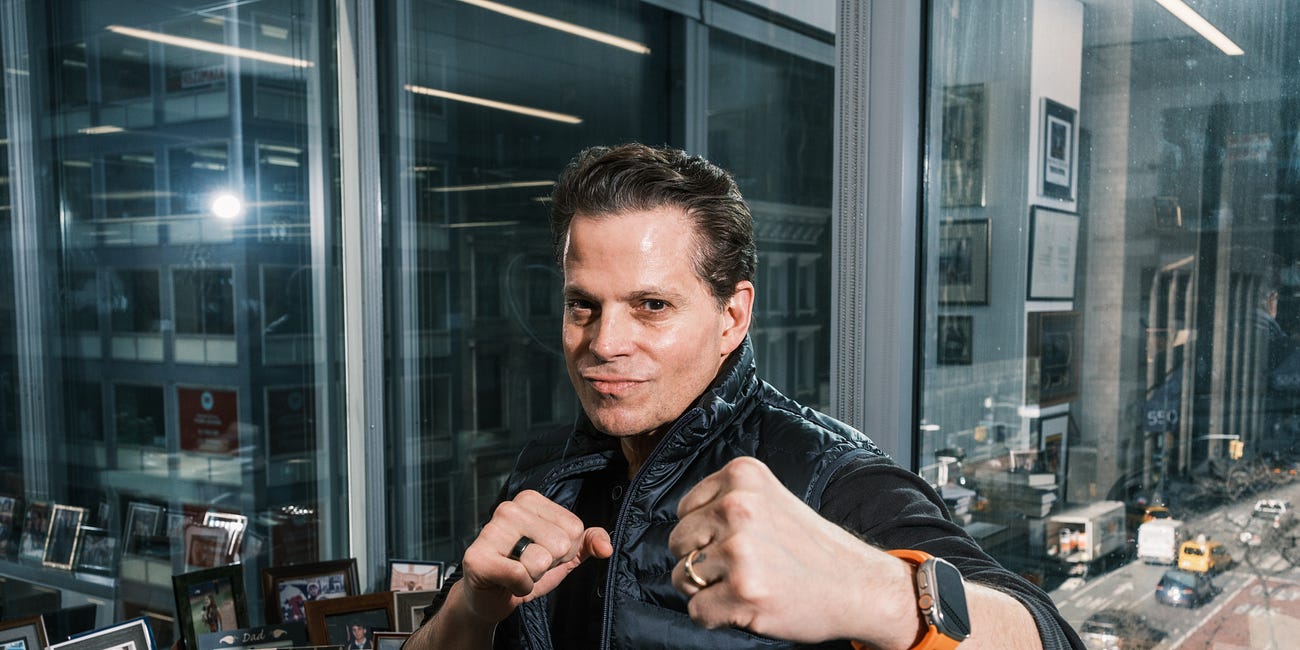How I Capture the Hidden Side of Public People
I choose to write long, detailed, deeply human stories in an era of hot takes.
“Why do you like profiles?”
I get this question a lot. And beyond the obvious answer — I love exploring how complicated we are as humans — I think profiles force us to slow down in a world that never stops moving.
We live in a time of speed: 30-second videos, skimmable headlines, optimized everything. But a great profile invites you to pause. It rewards close attention and rewards curiosity.
It’s a bit of a contrarian act — to write long, detailed, deeply human stories in an era of hot takes and scroll fatigue. But that’s exactly why I created The Profile.
Profiles help us learn, not just about a person, but about what drives them. And what drives us.
You only get those insights by noticing what most people miss. The key to writing a great profile is the art of observation: the way someone fills a silence, what’s on their bookshelf, how they behave when the cameras are off.
While working on my last profile of Anthony Scaramucci, we were discussing vindication. I pressed him on whether he still craved respect or redemption after years of public mockery. He said no — but as he answered, I noticed a figurine on his shelf: him, in a suit, with a Bitcoin pin and an orange superhero cape. At the base, it read: “We won! Fuck off.”
While reporting my latest profile (which I will publish very soon!), I found myself jotting down little moments: the titles on his shelf, the way he shifted his energy between video takes, how he handled tough questions.
Despite my subject’s polished public image, he allowed himself to be vulnerable. He asked aloud: What is all this for? Why do I care so much about what people think? Why can’t I just be happy being instead of doing?
Those are the moments that make a profile come alive — when the mask slips and a more complicated, contradictory version of a person emerges.
The best profiles aren’t built from interviews alone. They’re built by shadowing someone — watching how they move, what they say when they’re not thinking too hard, and whether their actions match their words.
Take GQ’s Zach Baron, for example. He’s interviewed people in all sorts of places — conference rooms, hotel restaurants, suites, and cars. It only takes a few minutes for a person to become themselves, he says. It’s not just about how they look or whether they cross their arms —it’s about how they move through a space, the things they do. And nothing, he says, can surprise you quite like another human being.
Baron writes:
“One time, I was in the middle of a long conversation with someone when they abruptly stood up and walked out of the room, only to return with a bow and a quiver of arrows strapped to their back... The weird thing is, it doesn’t really matter what they’re doing, I’ve found. It’s just that they’re doing it. In motion, in the world, how you move through it, what you do and how you do it: that’s you.”
And New York Times reporter Caity Weaver captured it perfectly:
“I read a while ago that the reason we, as humans, enjoy slow motion so much is because it gives your brain enough time to take in all the detail of what’s happening. And that’s soothing and rewarding to us. I think profiles do the same thing—you can dive deep into a person, look at them from a bunch of different angles, and form an opinion about them.”
When I profiled Scaramucci, I was acutely aware that he has both admirers and critics. He’s a polarizing figure, and my job wasn’t to take a side — it was to humanize him from my perspective. The reader could decide the rest.
I’m incredibly proud of what we’re building at The Profile. And I’m so grateful to have you here, sharing this journey with me. If you know someone who’d love deep, thoughtful stories about fascinating people, I hope you’ll send them this newsletter.




These are really different perspectives that I had not thought of. The point of the article is very interesting. https://racinglimits.io/